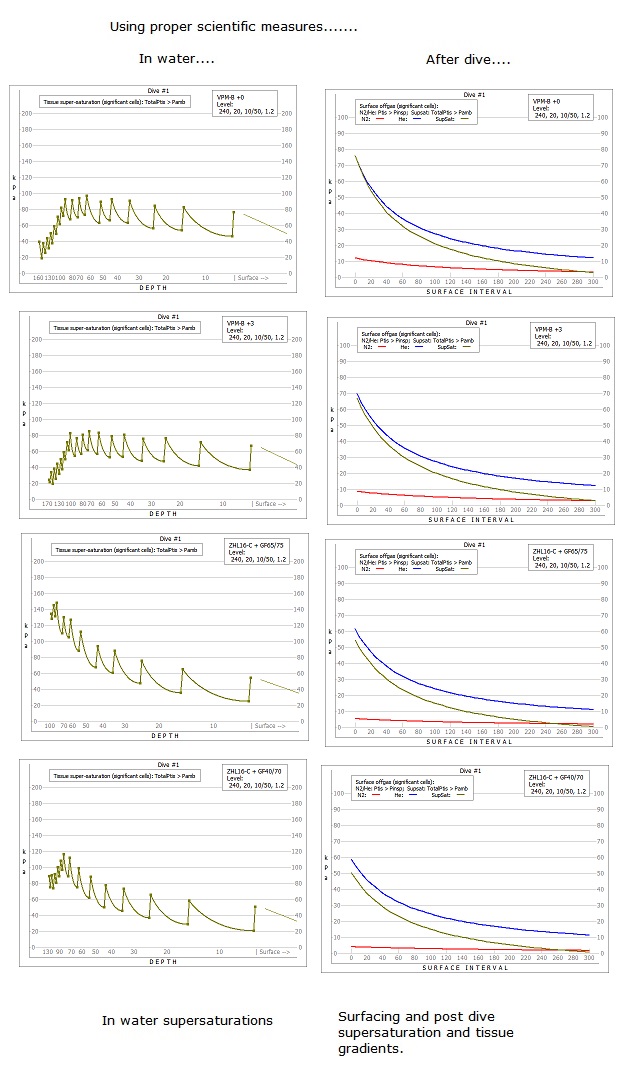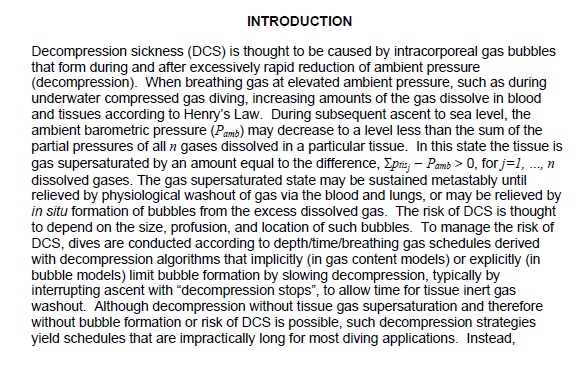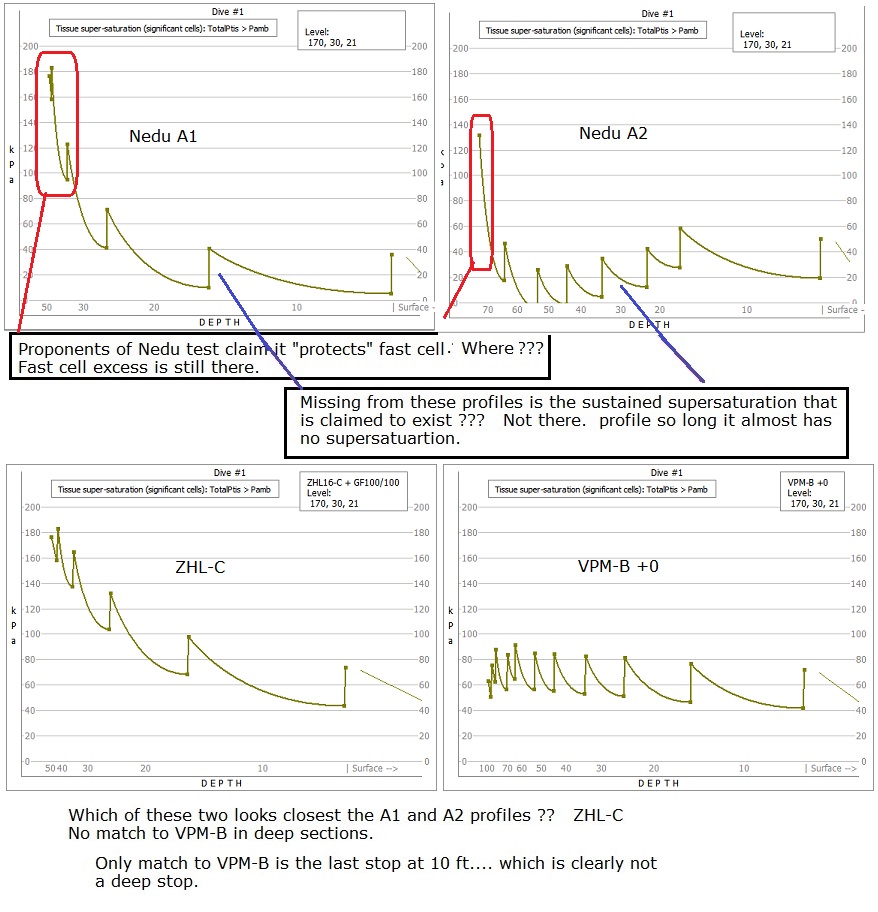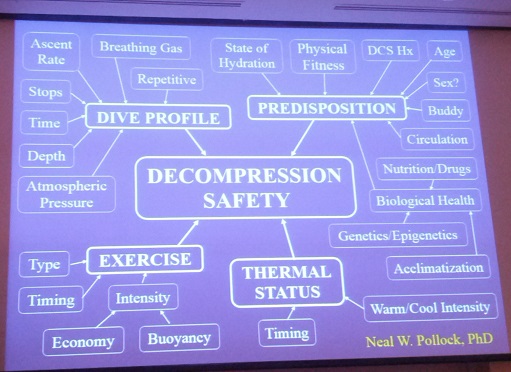Here are some Nedu test facts.
There are no "tech" style deep stops in the nedu test.
The nedu "bubble model" is a shallow stop variety - no relation to VPM-B.
The nedu test measured a shallow stop profile, vs a really shallow stop profile.
The "deepest" stop in the nedu test was 70 ft (21m), which to most tech divers, is not deep at all.
The nedu stop profile is 2.5 times longer than any other normal profile for this dive, and its last stop is 90 minutes at 3m - clearly its an over exaggerated shallow profile.
The nedu test sequence was stopped half way, because it was about to fall through the bottom rejection limit and automatically invalidate its own results.
A faked up VPM-B +7 profile does not make for a valid comparison.
**********************
I don't care about the nedu test result. No deep stops - no relation to tech deep stops, no real relation to tech diving, no relation to VPM-B, a decompression test that is ridiculously elongated to be unrealistic. The test design was made to deliberately reduce supersaturation across the profile (thereby removing profile stress), and substituted in an excess thermal stress. The divers suffered from thermal stress. So stop blaming it on non-existent deep stops.
**************
Kevin, your whole Nedu argument hinges on a pretty picture - a made up heat graph, compared to a stretched out and faked up VPM profile - that does not exist.
Heat graphs are not scientific or valid in any useful way. They compare two unrelated objects, but say nothing about actual decompression limits. You are doing it again above - two unrelated objects, that look different, one of which is wholly unrealistic and not used anywhere.
Your Integral Supersaturation (ISS) mb-min graphs are not used anywhere either, except by you. One cannot validate these all on your own. They are "too simplistic" to be useful and do not show anything realistic - sorry - that's how it really is.
Further, the formula that are used in your preferred ZHL model with GF, to control on/off gas tracking, works exactly the same in VPM-B. Its a nonsense to suggest that gas tracking is OK when used in GF but not OK when used in VPM-B?
Your manual manipulation of graphs, takes the ascent decisions away from the model, thereby leaving a false impression of a models characteristics - compare real models, not stretched / GF fiddled things.
*******
AND.... most importantly. The recognized and accepted decompression stress measures - supersaturation - show no connection or similarity between nedu test and tech diving profiles..
You can see quickly, the nedu test has almost no supersaturation in either profile. Clearly the supersaturation is so low it should not have been an issue. So now one needs to explain how a small (harmless) last stop supersaturation pressure, was able to do the extra damage all on its own. ??
Have a look at this... by Neal Pollock - DAN USA.
End of story.
****************************
Now...... there is certainly a very real possibility to over-doing deep stops. No dispute about that.Clearly too much is a bad thing, but that is a problem exclusively for the RD crowd, who also have been known to make stuff up on occasions
But real models, with real gas tracking like VPM-B, like ZHL, do not have this problem - they have industry accepted gas tracking formula to make stop decisions for them.
.









